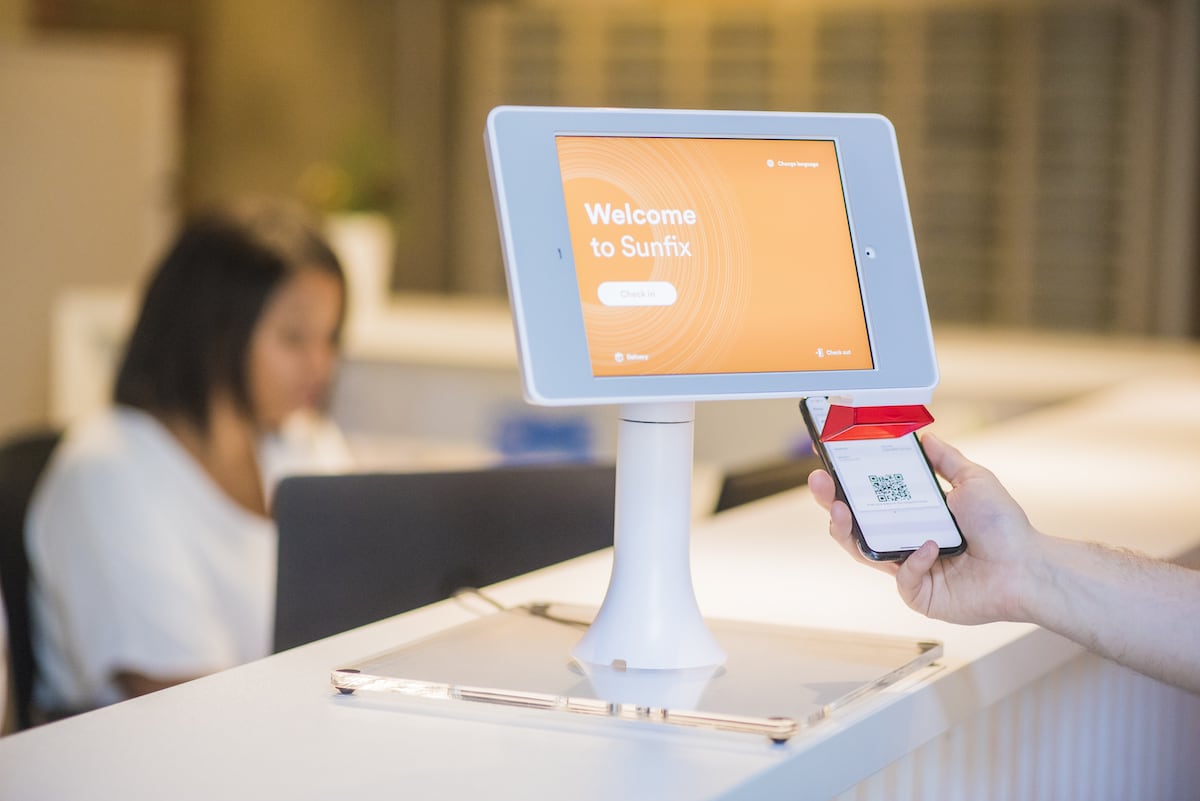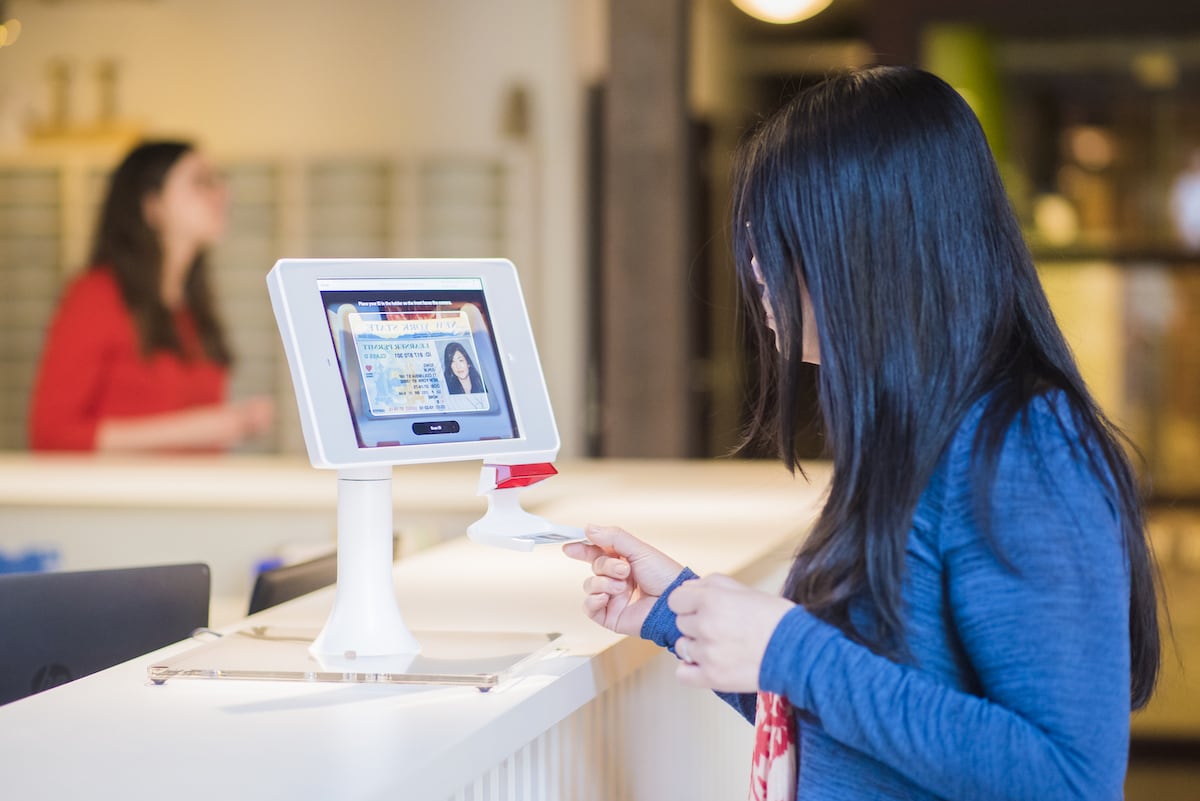The evolution of CRE tech & why it's primed for success

It’s no secret that we’re experiencing rapid technological changes across all industries, making our lives easier and businesses more efficient.
CRE tech (commercial real estate technology), also known as proptech (property technology), has seen a significant boom with more and more startups focused on digitizing aspects of the commercial real estate market.
New innovations and market players have given rise to things like smart building ecosystems tied to the Internet of Things (IoT). CRE tech is also fueling platforms for renting, buying, and selling commercial and residential properties, big data aggregation and analysis, machine learning, and more.
We've even seen the launch of CREtech, an initiative led by CEO Michael Beckerman to unite thought leaders in the space via live events, research, and expert content."...we will enter a period where those that are not embracing tech [as both a] powerful tool to improve every aspect of their business [and] to enhance their relationships with the people they serve like tenants, communities, and local stakeholders, will be left behind." - Michael Beckerman, CEO of CREtech
The impressive evolution of CRE tech
Let’s take a step back for a minute. In order to fully understand CRE tech and where it’s headed, we must first look at how it’s evolved and progressed. According to Forbes, we can break down its timeline into three eras.
The First Era
First of all, CRE tech or proptech isn’t necessarily new - the first wave started in the 1980s when the real estate industry expressed needs for better investment and portfolio management tools. Software companies like Autodesk and CoStar emerged and grew during the two decades following. But unlike enterprise-grade SaaS platforms we see today, the proptech solutions that emerged in this period didn’t integrate with one another, and customization was expensive.
The Second Era
From 2001-2007, the next wave around the start of the internet boom brought forth data aggregators like Zillow and Trulia, which help people buy homes and commercial properties via online portals with vital property information. While mainly known for their focus on residential real estate, these companies quickly became the muse for similar solutions like RealMassive, focused specifically on the commercial space.
The Third Era: “PropTech 2.0”
The years from then through now is what Forbes calls the “PropTech 2.0” era.
During this era, we’ve been seeing the rise of interconnected hardware and software across homes and commercial buildings. We’ve seen an emergence of easy customization and integration between smart solutions, sharing economy platforms like WeWork, and software that helps users generate and store property-related data. We’ve even seen companies focused on designing 3D virtual tours of properties and construction sites.
Smart building ecosystems alone, many of which rely on cloud-based software solutions, are transforming the way visitors check into buildings, facility managers control heating and lighting systems, employees manage meeting rooms and parking, and more. In fact, the smart building market is projected to grow to $105.8 billion by 2024.

5 types of CRE tech that have transformed the space
While there’s still plenty of opportunities for CRE tech to expand in an industry soon worth over one hundred billion dollars, here are some of the standout examples of how technology in this era has already changed the face of real estate for the better.
1. Property management solutions
CRE tech has helped property managers and property management companies deal with tasks like prospects and tenants, collecting rent, dealing with maintenance issues, running invoices, and more. Property management software like Building Engines, a mobile SaaS platform for commercial real estate, allows clients to track workflow as well as measure tenant satisfaction.
Elsewhere, PropertyWare is a software solution that helps residential property managers handle anywhere from 20 to 5,000 units. It streamlines accounting, marketing, tenant screening, and more, and integrates with tools like QuickBooks.
2. Visitor management systems
Cloud-based visitor management solutions (VMS) like Proxyclick not only help companies streamline and improve the overall visitor experience, but also tackle physical building security with features like host notifications, ID checks, health screenings, and mass emergency text messages.

Proxyclick also integrates with access control systems to allow guests access to specific parts of a building during their visit. The tool also connects to third-party solutions for data and file storage, building parking management, meeting room booking, and more.
With over 15 years of experience in technology, operations, and facility management, Proxyclick’s CRE team has supported landlords and tenants alike with multiple tenant app integrations, helping streamline and digitize asset portfolios.
3. Co-working spaces
Co-working spaces, which allow entrepreneurs, start-ups, contractors, and others to work together in shared office spaces, have been a huge part of CRE tech’s success. A number of companies like WeWork, Convene, Industrious, Workbar, and others are taking advantage of the sharing economy to unite independent workers with this platform technology.

4. Virtual tours and 3D printing
The ability to create quick, virtual tours using CRE tech software has been in demand across various real estate stakeholders in recent years. One solution, Photofing, is an iPhone app that helps you create virtual tours at the actual site or using the web-based Tour Creator. Projects can be completed in just a few minutes.
At the same time, in today’s CRE tech era, it’s now possible to 3D print buildings in under a day’s time. This is already fueling revolutionary social projects in real estate; just a few years ago, a company called Icon made news for their mission to build custom 3D-printed homes in less than 24 hours, in part to help fight homelessness in the developing world.
5. Construction management
So far, advances in proptech have been largely focused on sales and leasing, with fewer solutions on the market to help tackle construction management.
Here the opportunity is huge, as the construction phase of the property life-cycle is extremely time-consuming and expensive.
PlanRadar is one software platform that helps with project management in the construction industry. They allow clients to make building plans, create and store documentation, and effectively communicate about projects.
Other in-demand solutions focused on construction management include those that create building information modelling platforms (BIM), which are 3D platforms that allow architects and other stakeholders to participate in the building design process in real-time.
What’s next: CRE tech in 2020 and beyond
Given the quick, impressive evolution we’ve seen in CRE tech thus far, opportunities for future success in the space seem endless. But investors driving the space forward will focus specifically on growth and profitability.
“Investors will search for innovative companies that create value regardless of the cycle.”
So what types of technology will we see emerge in the space in coming years? Among several predictions, VCs are anticipating advances in:
- Smart home or apartment technology
- The “hotelification” of rental properties (improving the resident experience with hotel-like amenities)
- Self-leasing platforms
- Housing affordability solutions
- Real estate sustainability and wellness
- Predictive maintenance in real estate and infrastructure
- Worker safety on construction sites (using AR and VR capabilities)
Finally, when it comes to visitor and building management tools within commercial real estate and beyond, we expect to see product capabilities to better help companies manage potential global health and safety crises in the future.
Looking for a solution to facilitate visitor management across your premises? Try Proxyclick free or book a demo now.


